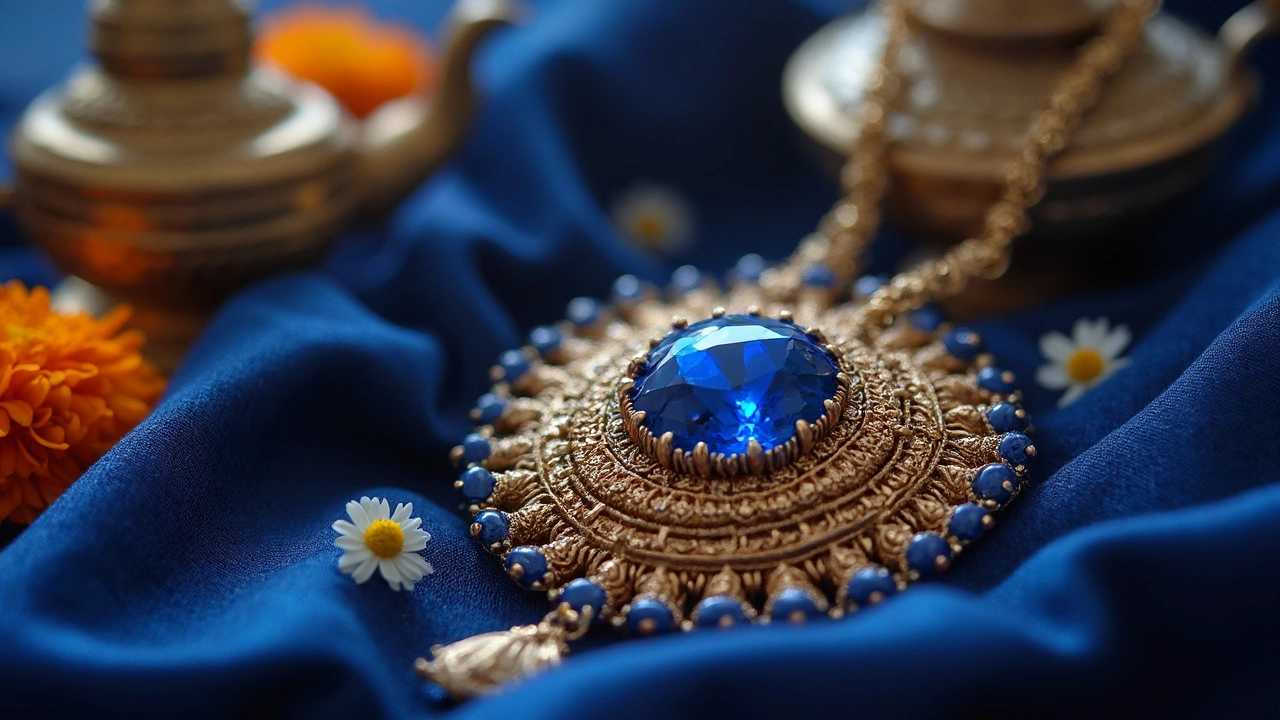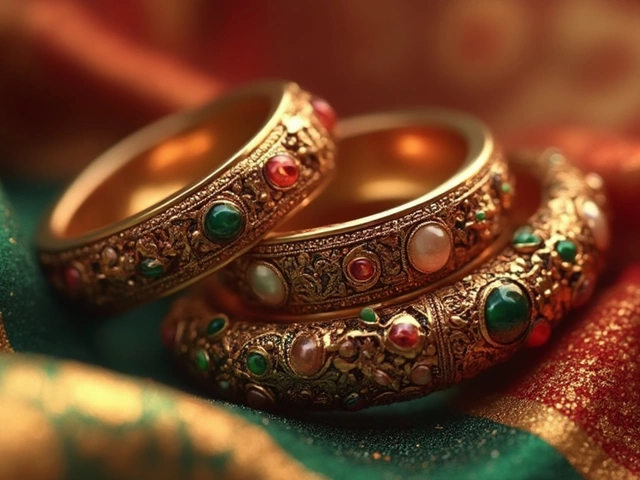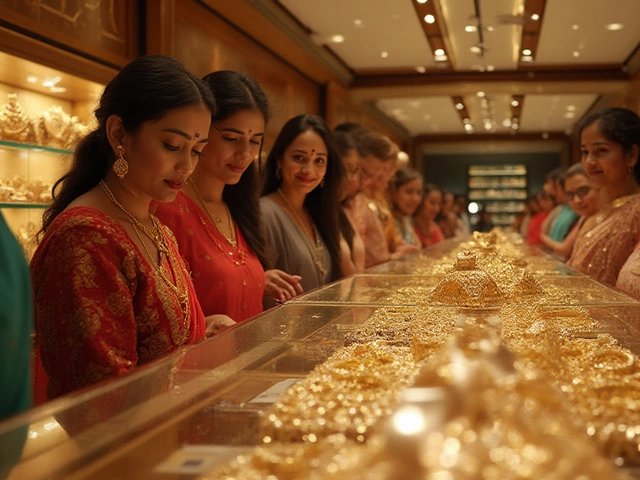Rarity in Jewellery: How to Spot, Understand, and Value Rare Pieces
If you’ve ever stared at a glittering necklace and wondered why the price tag seemed huge, chances are the answer lies in rarity. Rarity isn’t just a buzzword – it’s the core reason some pieces become heirlooms while others fade into the background. In this guide we’ll break down what makes jewellery rare, how you can tell if a piece truly is, and why that matters for your wallet and your collection.
What Makes a Piece Rare?
First off, rarity comes from three main factors: material, design, and provenance. When the metal or gemstone is hard to find – like 24‑carat gold from a specific mine or a natural pink sapphire – the item instantly jumps in value. Next, look at the design. Limited‑edition collections, hand‑crafted motifs, or techniques that only a handful of artisans still use (think Kundan or enameling) make an item scarce. Finally, provenance adds a story. If a ring once belonged to a known personality or was part of a historic sale, collectors will pay more for that narrative.
Notice the hallmarks and stamps, too. A genuine 916 gold mark, a BIS hallmark for gold, or a 833 stamp for sterling silver tells you the metal meets official standards. Fake pieces often miss these marks or have poorly carved stamps. Checking the weight can also help – genuine gold feels heavier than a gold‑plated copy.
Practical Tips for Buying Rare Jewellery
When you’re ready to buy, start with research. Know the typical price range for the metal or gemstone you’re eyeing. If a deal looks too good to be true, it probably is. Ask the seller for a certification – labs like IGI or GIA issue reliable gems reports, and reputable dealers will provide them without hesitation.
Bring a magnet. Real gold and silver aren’t magnetic, so if the piece sticks to the magnet, it’s likely plated or alloyed with a magnetic metal. For diamonds and colored stones, a simple water test can reveal if they’re genuine; real stones won’t dissolve or change color.
Don’t forget the return policy. A trustworthy seller will allow you to return the item within a reasonable window after you’ve had a chance to verify it. This safety net is crucial when dealing with high‑value, rare pieces.
Finally, think long term. Rare jewellery isn’t just a fashion statement; it’s an investment. Pieces that hold or increase their value usually have clear documentation, timeless design, and a strong brand or artisan reputation. Keep all paperwork, certificates, and photos in a safe place – they’re part of what makes the item valuable.
Rarity isn’t magic; it’s a combination of scarcity, quality, and story. By learning the basics of what makes a piece rare and following a few simple checks, you can shop with confidence and maybe even build a collection that appreciates over time. Whether you’re hunting for a gift, an heirloom, or a smart investment, these tips will keep you from getting caught out by flashy fakes and help you enjoy the true sparkle of rare jewellery.
Kashmir Sapphires: How Rare Are They Really?
Kashmir sapphires have an almost mythical status in the world of gemstones, famous for their intense blue color and extreme rarity. This article dives deep into why these sapphires are so hard to find, especially in the context of Indian temple jewellery. You'll get practical tips on how to spot a real one, why collectors go crazy for them, and how their scarcity impacts their value. Knowing the facts can help you make smarter decisions if you're ever looking to buy or invest in heritage jewellery pieces linked to Indian tradition.





